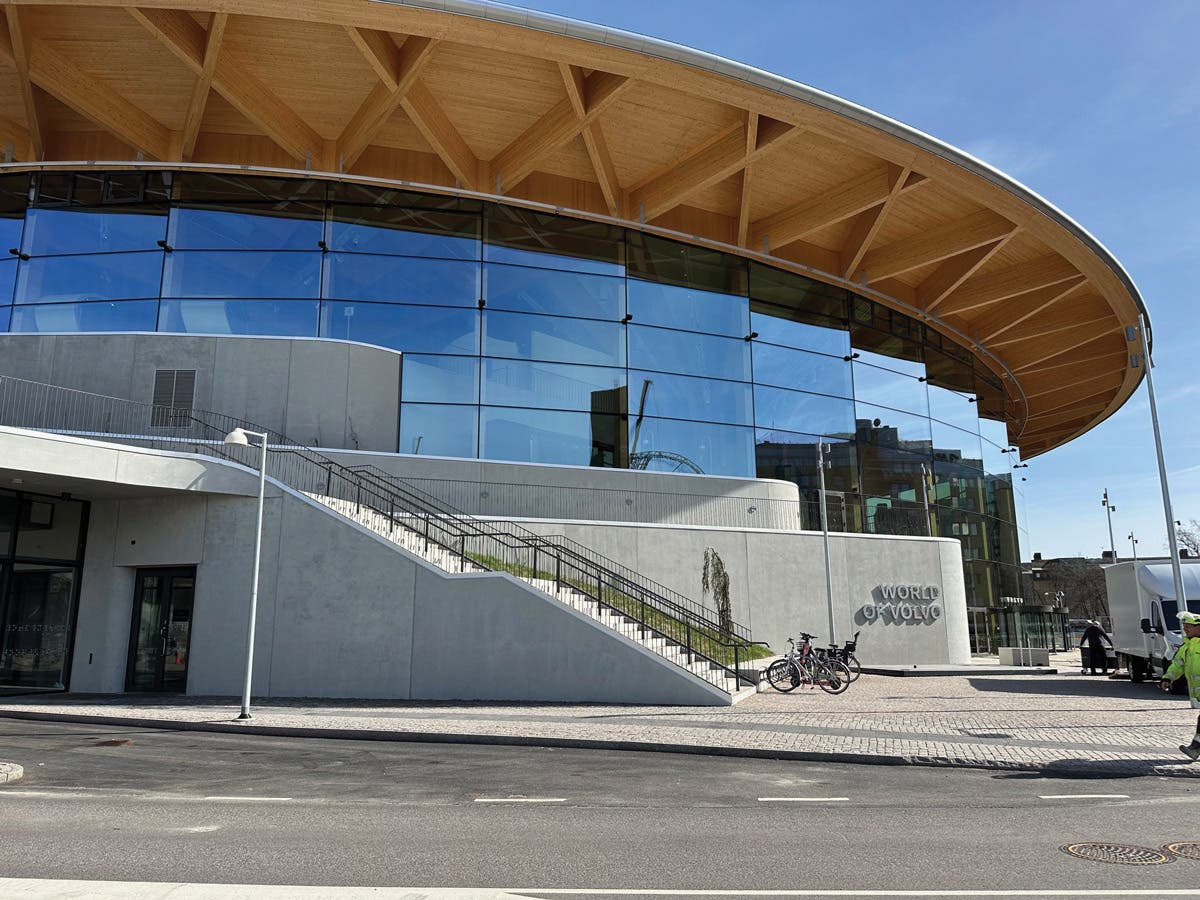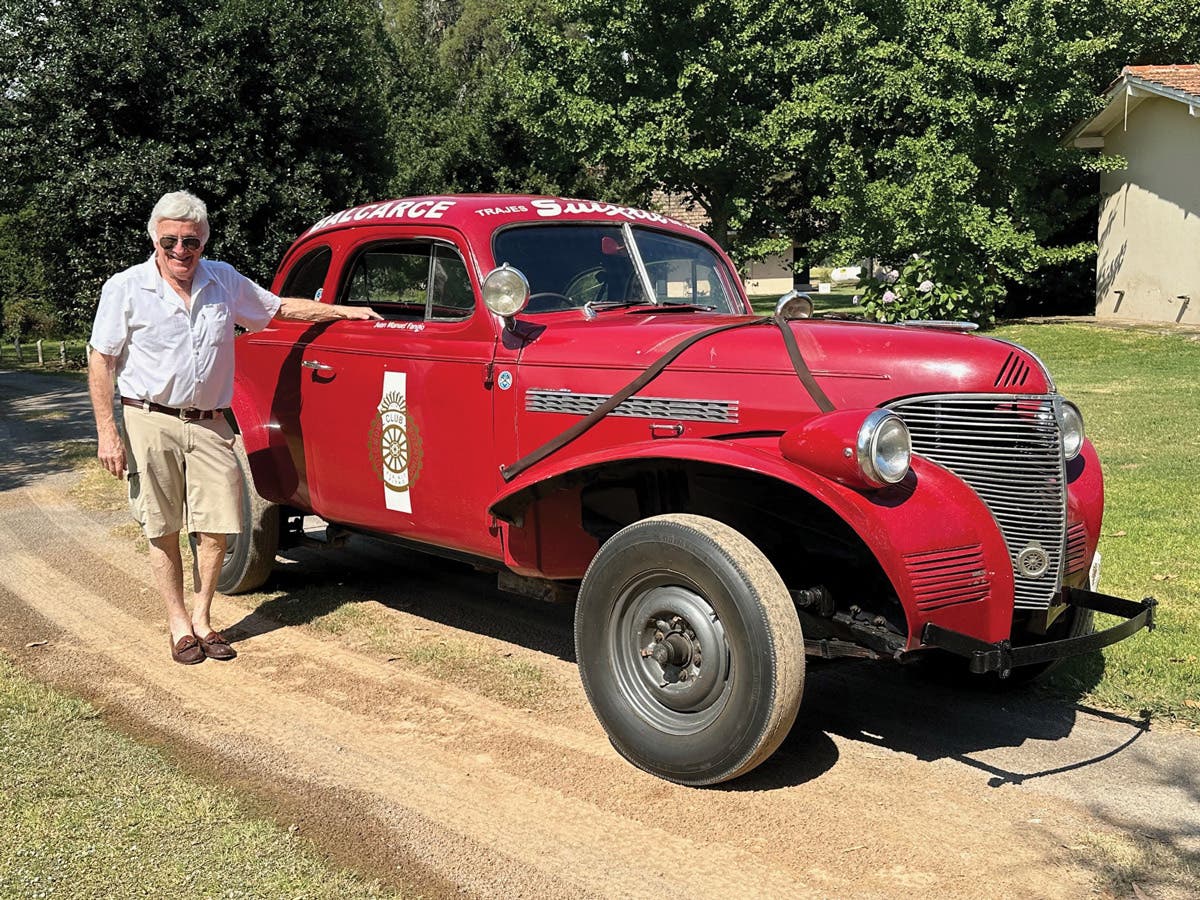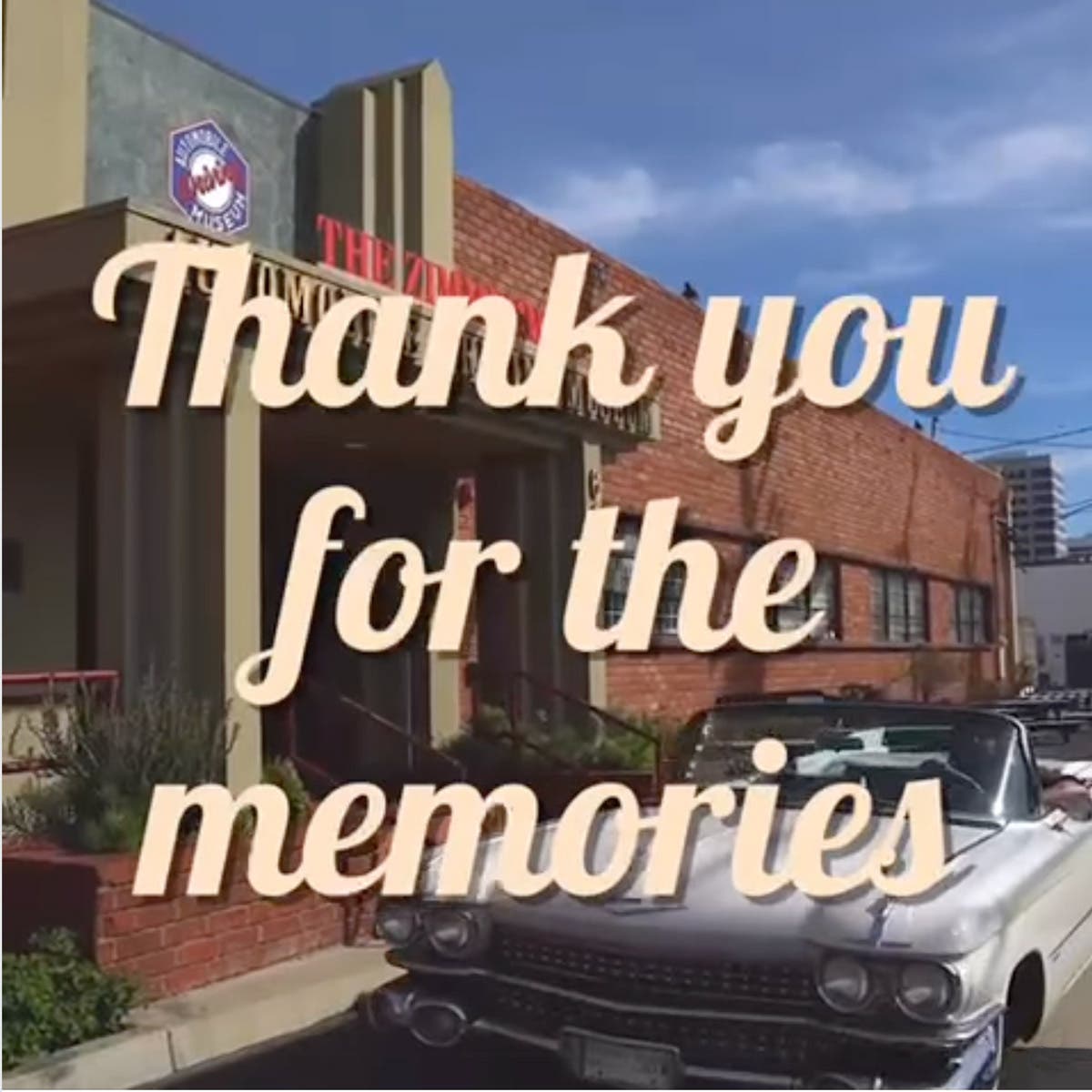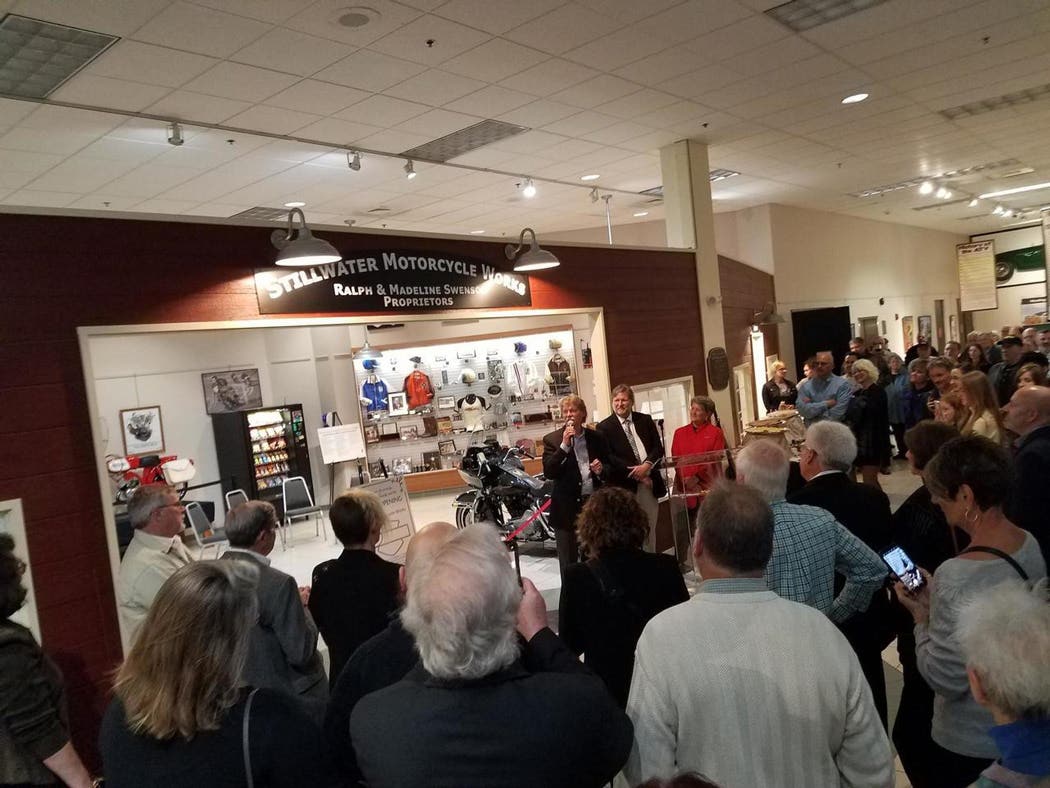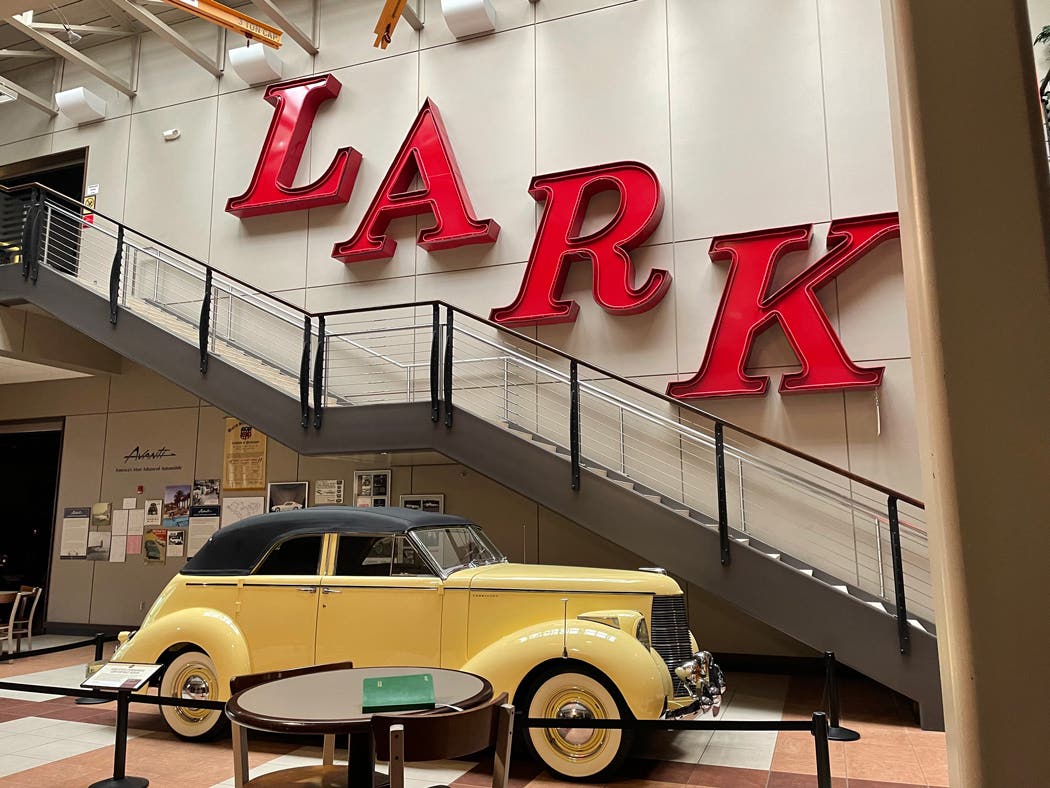A look inside the new Stutz Museum
Fun fact…There are still Stutzes in the original Indy factory where the new Stutz Museum resides.
For a few decades in the first part of the 20th Century, Indianapolis was home to a cluster of automobile manufacturers that helped it rival Detroit. Some of the industry’s most respected makes once called the capital city home: American, Duesenberg, Marmon, National and Stutz.
Stutz is the focus of a new museum that opened in downtown Indianapolis last year. While the Stutz Car Museum may not be the largest of its kind, it’s unique because it is the anchor of sorts (at least for old car aficionados) in the very building where the cars were built.
Harry C. Stutz was 27 years old when he moved to Indianapolis in 1903. He already had a reputation as a mechanic who could fix anything, and he was ready to pursue a career in the burgeoning world of automobiles. He first hired on with a tire company, and by 1905 was connected to the American Motor Car Co. There, he helped develop an underslung chassis for which the short-lived company is most remembered. He further built out his resume with stints at several local car and automobile component manufacturers.
In 1910, he set out on his own, starting the Stutz Auto Parts Co. to manufacture drivetrain components, and then secured the backing to build automobiles in a factory at Tenth Street and Capital Avenue in Indianapolis. The Ideal Motor Car Co.’s first project was a race car constructed in five weeks. Harry Stutz started the car on the assembly line and drove it directly to the Indianapolis Motor Speedway, where it competed in the first 500-mile event. That May 1911 race, of course, was won by a Marmon. With Gil Anderson at the wheel of the Stutz entry, Harry’s prototype finished 11th—too far back to take home any prize money—but it performed well enough to convince Stutz that he was on the right track.
Racing sold cars. Orders poured in, and Stutz reportedly worked day and night to ensure each vehicle it built performed as well as the first. In 1913 he combined the component maker with the Ideal subsidiary and launched the Stutz Motor Car Co. The cars continued to prove themselves in races throughout the country, and the company’s small factory was soon operating at capacity. The plant was expanded several times.
While Harry’s family name graces the building to this day, the legacy preserved by the car museum represents a time when he was no longer part of the company. It had refinanced in 1916, went public and picked up a new owner that quickly damaged the company’s reputation in the market. Stutz left the company in 1919, and a team that included steel magnate Charles Schwab eventually bought the ailing firm in 1922. By early 1924, when Fred Moskovics was hired on as president, the Stutz Motor Car Co. of America was practically out of business.
A talented engineer in his own right, Moskovics was a recruit from Marmon. At Stutz, he quickly set to work on what would become known as the Vertical Eight, a straight-eight engine that, when installed on his Safety Chassis, was a hit at the 1926 New York Auto Show. Production ramped up almost immediately as orders for the new “Safety Stutz” once again poured in. By the following year, the company had the national and international reputation that it could not achieve only a decade prior. Even respected coachbuilders wanted the Stutz chassis.
The company built 5,000 cars the first year that the Vertical Eight was available, but sales dropped steadily after that. The economic depression that followed the 1929 stock market crash hit the luxury car makers of Indianapolis especially hard. Moskovics resigned in 1931; by 1934, the factory had turned out only six cars. The following year, automobiles were not built at all as Stutz focued on manufacturing a light delivery vehicle called the Pak-Age-Car.
The Stutz Motor Car Co. was liquidated in 1939. The sprawling Stutz campus was used simultaneously by two different companies until 1959 when the Paper Package division of pharmaceutical company Eli Lilly acquired the buildings it did not yet own. It kept the factory in use until 1982.
For the next decade, the plant was severely under-utilized and slipped into a state of disrepair. For a few months, former Indianapolis Motor Speedway Museum Curator Jack L. Martin planned to create a “world-class museum of automotive history” at the plant, but those plans ceased in 1988 due to a lack of funding.
In 1992, the factory was only partially occupied when local businessman and car guy Turner Woodward acquired the facility. His team embarked on a multi-year restoration project that converted the plant into a business center and a haven for dozens of artists. In 2021, Woodward sold a majority ownership in the plant to New York City-based SomeraRoad, Inc.
Fortunately for automobile enthusiasts, as well as the city of Indianapolis, the new owners also believed in the “adaptive reuse” concept of revitalizing existing historic structures. While Woodward gets the credit for saving the factory, the new owners continued that work, creating what it has called a “multidimensional live-work-play atmosphere” by reportedly investing $100 million in the complex. Today, it’s home to offices, restaurants, retail shops, fitness centers and events.
The 10,000-sq.-ft. car museum that opened early last year is in a single-story building that was once a machine shop for Stutz. The cars on display are owned by Woodward, and while most of the vehicles on display are Stutz, there are other cars on display, as well.
The museum is free but has limited regular hours and may be closed for private events (car club meetings, anyone?). For more information, go to www.thestutz.com or call 317-488-7374.
The museum is located at: 1060 N Capitol Ave., Indianapolis, IN 46204
Ever wonder what your classic ride is worth? Old Cars Price Guide is now online! Check it out and join to get the unbiased and real-world pricing on classic cars. You get pricing anytime, anyplace on your phone, tablet or computer.



